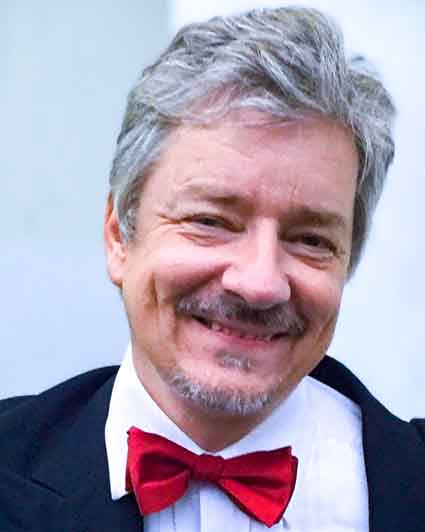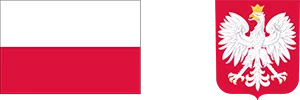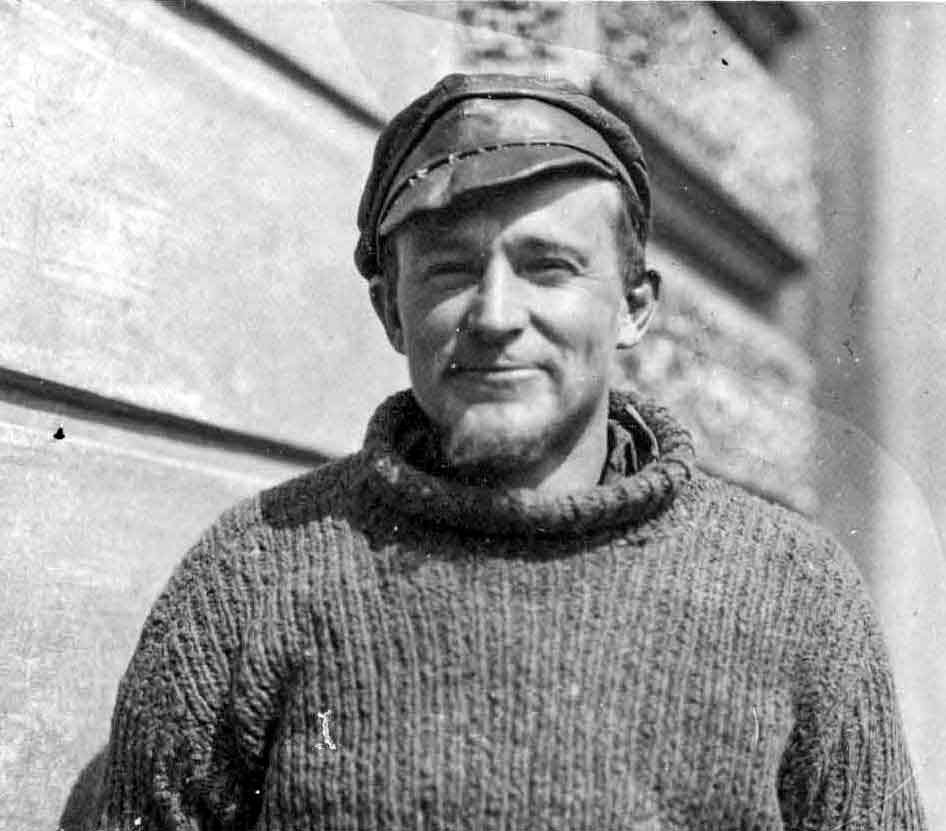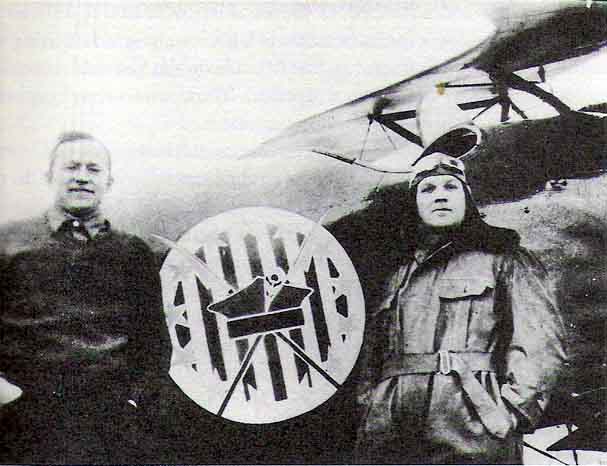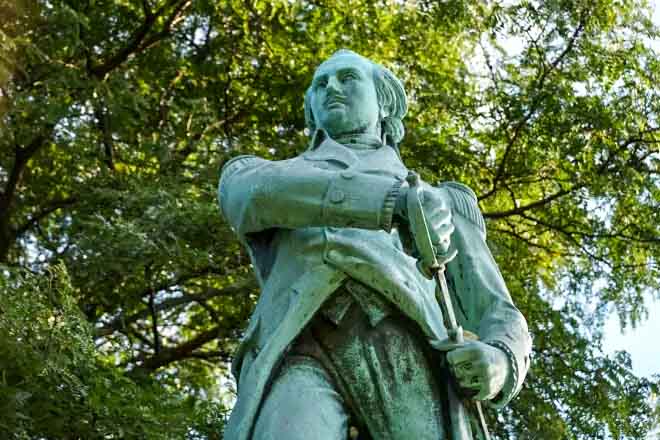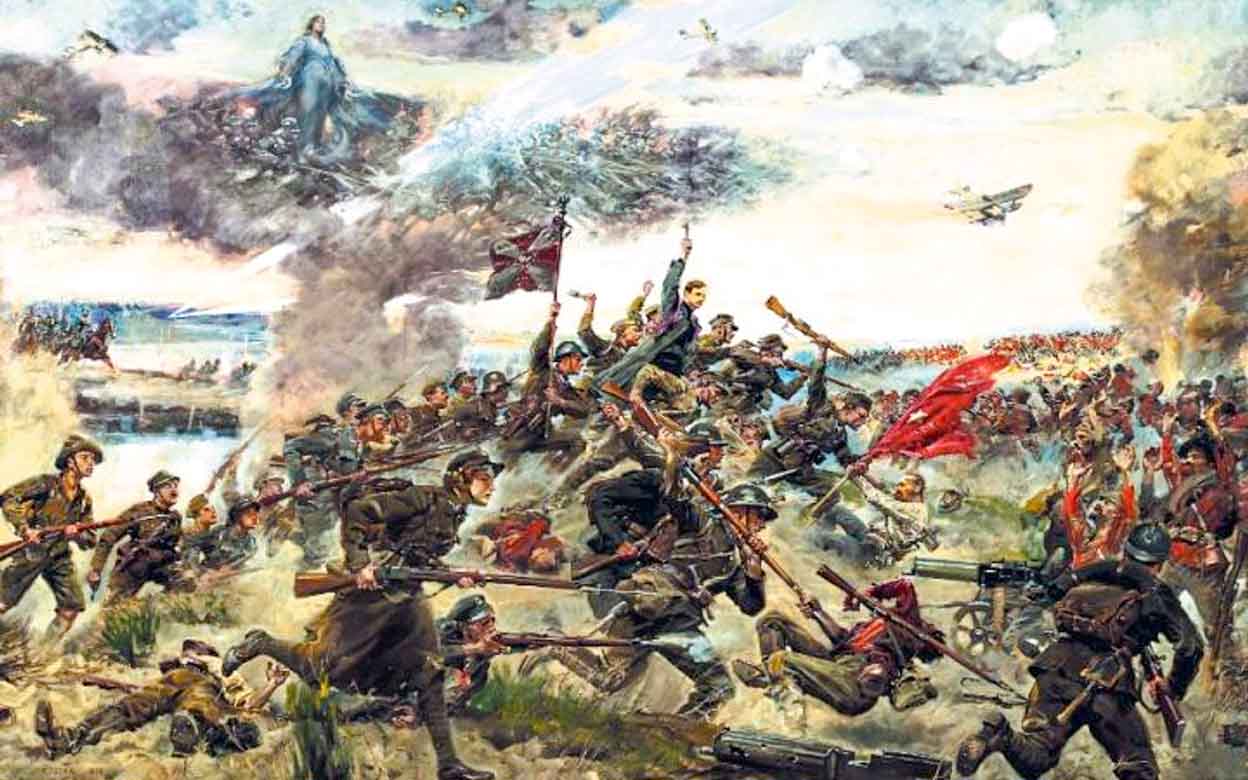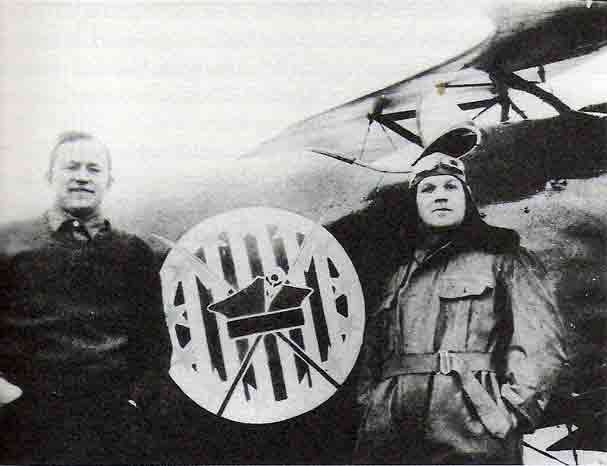This is the third and final part of a series of articles on Merian C. Cooper.
Read the previous part: From "Grass" to "King Kong": the cinematic world of Merian Cooper.
Merian Caldwell Cooper was an American film director and producer, as well as an army officer and adventurer. Cooper's exploits took him to various corners of the globe. He served in the American and Polish armed forces during several armed conflicts and traveled the world documenting his adventures as part of the Explorers' Club.
While a Pan American Airways executive, Cooper had a passion for filmmaking and worked for several studios as a producer and director. He is credited with co-inventing the Cinerama film projection technology. His most famous work was collaborating with friend Ernest Schoedsack on the groundbreaking film King Kong, which he produced, wrote, and directed.
On March 2, 1933, shortly after Franklin D. Roosevelt's inauguration, New York saw the premiere of "King Kong." Few would have guessed that the man who pilots the plane attacking the beast in the film's finale would return to uniform and play a role in two of the most challenging theaters of World War II: China and the Southwest Pacific.
Return to Duty
Although two decades had passed since World War I, Cooper was still in the reserve. On June 16, 1941, he returned to the Army with the rank of lieutenant colonel, landing under General Carl Spaatz as the A-2 (Intelligence) officer of the Combat Air Command. He soon assumed a position in a special project, Force Aquila (commander: Col. Caleb V. Haynes), the lead element of the Tenth Air Force, an operation to bomb Tokyo using B-17s and B-24s flying from bases in Zhejiang Province in eastern China.
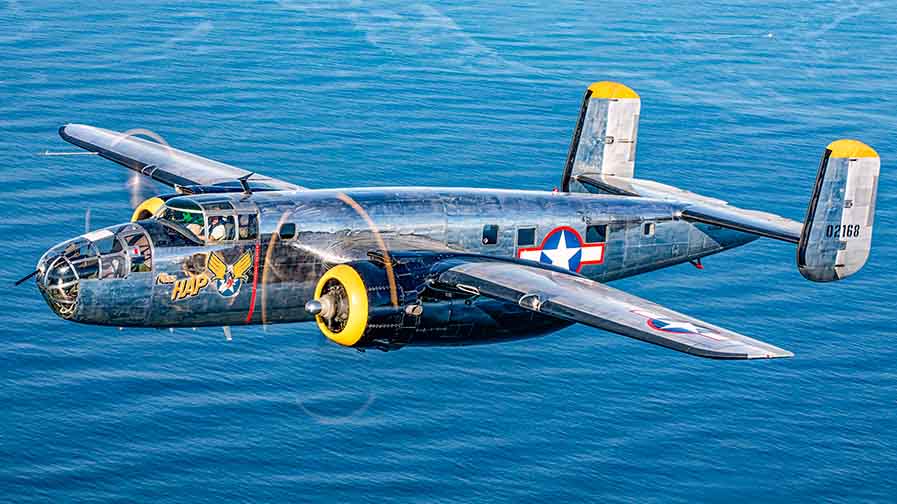
North American B-25 Mitchell, a World War II-era American medium bomber. (Source: American Airpower Museum)
At a Hollywood party, he met Col. Robert L. Scott (the famous racing pilot). Cooper secured his assignment to AQUILA. Gen. Henry H. Arnold told him that the B-25s destined for China would depart from an aircraft carrier; if they took off early, they would attack Japan in mid-flight.
After the Doolittle Raid
By the time Cooper reached New Delhi, the bombers were already on their way. In China, he interrogated Colonel James "Jimmie" Doolittle after the famous raid on Tokyo in April 1942. The US psychological success had a side effect: Japan wiped out several Chinese bases, complicating plans for a long-term ground campaign.
At that time, Claire Chennault—still a civilian advisor—was laying the foundations for his defense and attack plans against the Japanese. Cooper intuitively gravitated toward Chennault and his pragmatic tactics.
Politics that hurts
The China-Burma-India (CBI) theater was rife with disputes. General Clayton Bissell (commander of the Tenth Air Force) reported to General Joseph Stilwell, the newly arrived chief of the military mission to China and Allied Chief of Staff to Chiang Kai-shek. Army Chief of Staff General George C. Marshall, fearful of Chennault's rising stature, arranged for him to be promoted to general the day after Bissell—thereby maintaining his junior rank. The political message was clear: Chennault was to be subordinated.
Cooper, linked up with Chennault (while the AVG—American Volunteer Group—was still in the field), planned "air guerrilla warfare": massive, flexible strikes against Japanese targets. Bissell felt betrayed. When Cooper fell ill with dysentery, Bissell ordered him back to India—and removed him from China.
"The general said I wouldn't be promoted"
In the United States, Cooper went to see Marshall and—as a civilian in uniform—explicitly stated that Stilwell had communist sympathies. Marshall became furious: if Cooper didn't recant, he wouldn't see a promotion or decoration as long as Marshall commanded the army. Cooper didn't recant.
Kenney, Whitehead, and the New Guinea Air Offensive
Old friendships were rekindled. Gen. George C. Kenney, Air Chief Marshal under Gen. Douglas MacArthur, brought Cooper to the Fifth Air Force. In May 1943, Cooper reported to Australia and became Chief of Staff to Gen. Ennis Whitehead—first in New Guinea.
The plan was bold: build an air base deep in the interior of the country, maintain it solely by air, and establish a second airfield as a diversion and emergency runway. This was the birth of Marlinan—a launching pad for fighters, medium bombers, and transports. The target was Nadzab—the runway Kenney and MacArthur had been observing from a B-17 circling overhead as the airborne assault began behind the Japanese garrison at Lae. "It went like clockwork."
Cooper, for 18 months as Whitehead's chief of staff, planned the operations that would propel the Far East Air Force from Papua and New Guinea north toward the Philippines. Illness, exhaustion, rumors of a past heart attack—Kenney constantly worried about his health. October 1944: Just before the landing on Leyte, Kenney sent him home for a month of recuperation and then on to London to support the transfer of the Eighth or Ninth Air Force to the Pacific.
To Tokyo via… Missouri
Ten months passed before Cooper returned from Europe. On June 25, 1945, Kenney received a cable from him: "I'm back, ready for duty." The response was immediate: Manila, as soon as possible. As the war shifted to Okinawa, Whitehead expanded the staff of the Fifth Air Force—Kenney made Cooper his deputy chief of staff. On September 2, 1945, the two stood aboard the battleship USS Missouri in Tokyo during the Japanese surrender.
Promotion — after Many Years
If not for his conflict with Marshall, Cooper likely would have risen to the highest level. His name was placed on the list for brigadier general several times, but each time it was crossed off before being submitted to the Senate.
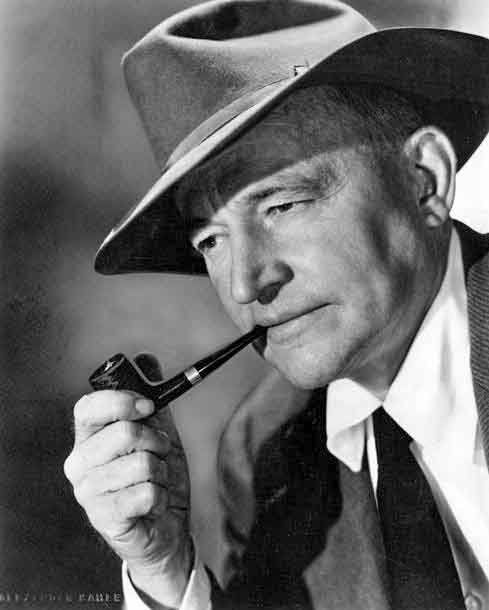
Merian C. Cooper after World War II (Source: Wikizilla)
After Marshall left the government (1950), the blockade disappeared: Cooper (like Charles Lindbergh) received a general's commission in the US Air Force Reserve.
After the War: Cinema in the Service of Ethos
After 1945, Cooper returned to cinema, producing films about the officer corps, often starring John Wayne. He dreamed of a Claire Chennault biopic—a project that never came to fruition. He died on April 21, 1973, at the age of 79.
Epilogue
Merian Cooper's three elements—Poland, Hollywood, and aviation—intertwined in a story of freedom, courage, and imagination. From the Kościuszko Squadron to Nadzab, from Grass to the Congo—the same energy persisted: "far, difficult, and dangerous."



